How to Fix: iPhone Not Sending or Receiving Pictures in iMessage
When you receive a photo, you might encounter issues where it does not display on your iPhone’s iMessage, or you might see a Not Delivered error when attempting to send images. These problems can arise from an unstable internet connection for either you or the recipient.
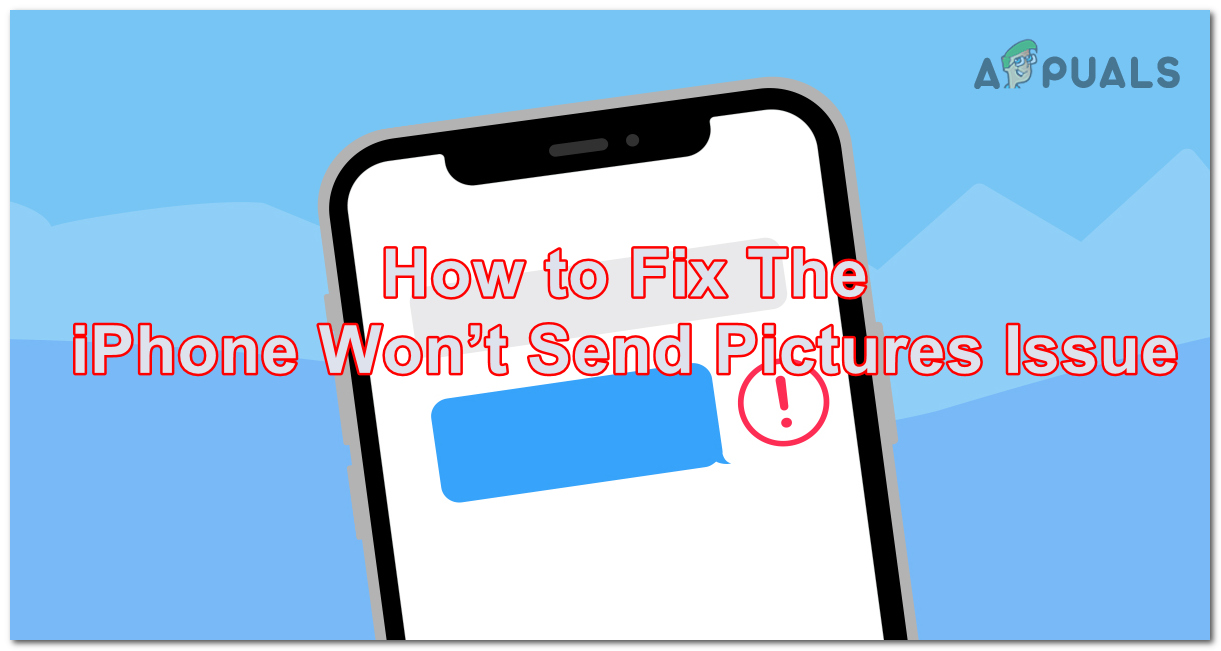
What causes this issue?
Various factors can cause this issue. A primary reason is an internet connection that isn’t robust enough to facilitate data transfer—whether it’s your connection or the recipient’s, as previously mentioned.
The issue could also be because iMessage is disabled, limiting your device to text-only functionality without access to iMessage’s full features. Furthermore, specific settings related to your internet or iMessage may have been altered, preventing proper operation.
Additionally, the image’s file size matters; iMessage imposes size limitations, and files exceeding these limits cannot be sent.
An outdated phone or a reached data cap might also contribute to the problem.
1. Check your internet connection
A common reason for an inability to send or receive pictures is a weak or fluctuating network connection. iPhones use either Wi-Fi or a cellular data connection to send multimedia messages. Picture sending may fail if you’re in an area with weak signal strength or if your Wi-Fi is unreliable.
First, test your internet connection to ensure it’s functioning correctly.
Consider switching between Wi-Fi and mobile data to check if the alternate connection works better.
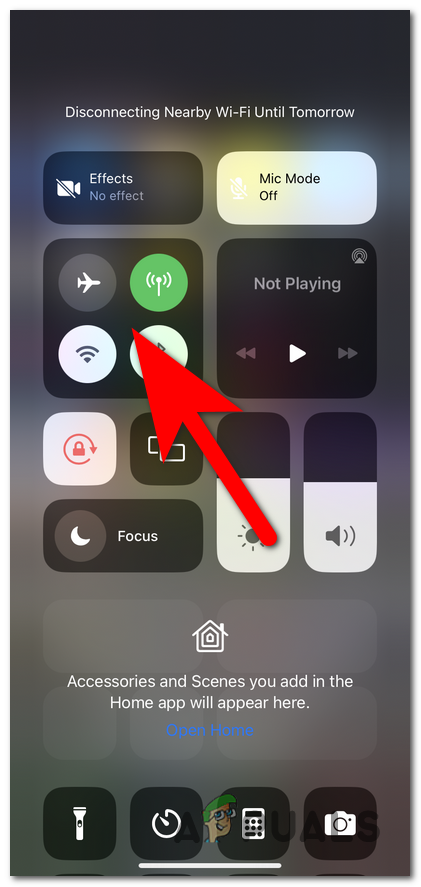
If the issue persists after confirming a stable internet connection, then connectivity is not the culprit.
2. Activate your iMessage
If your iPhone is still unable to send or receive pictures, ensure that iMessage is activated.
iPhones utilize two methods for sending texts and pictures: iMessage, which operates through an internet connection, and MMS, which functions over cellular networks. Distinguishing between these methods is important for troubleshooting.
To check if iMessage is activated, follow these steps:
- Open the Settings app.
- Navigate and tap on iMessage.
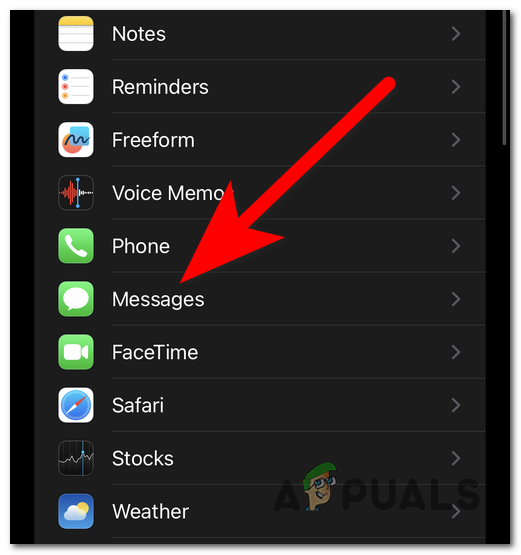
Accessing the iMessage settings - Ensure that the iMessage toggle is enabled.
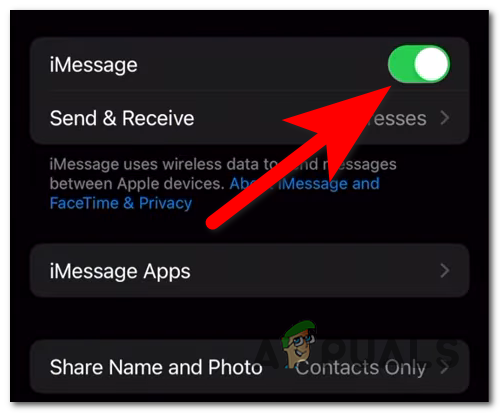
Verifying iMessage activation - Check for the Send as SMS and MMS Messaging options and enable them. Optionally, toggle the MMS Messaging off and on to reset it.
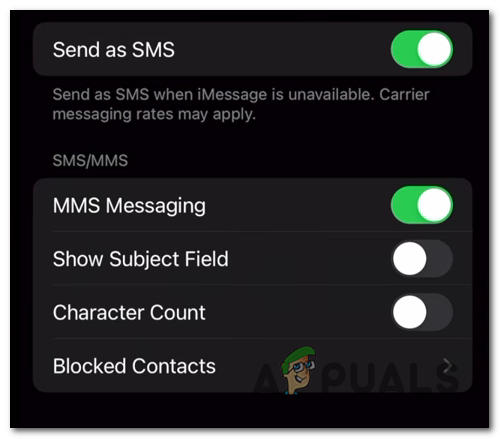
Enabling MMS Messaging and Send as SMS options - Return to the main screen of Settings and select General.
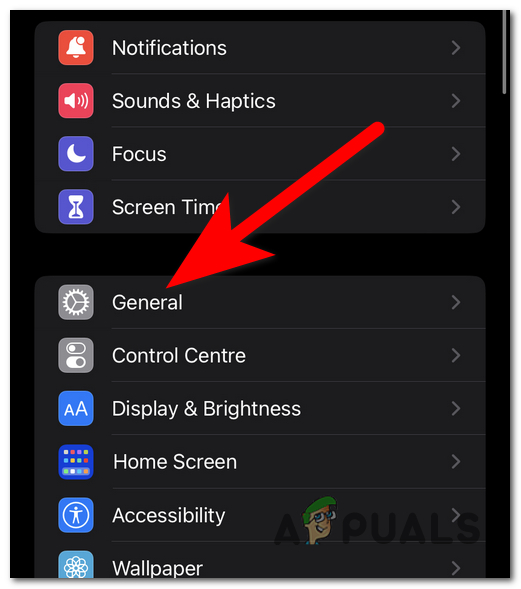
Accessing General settings - Go to About.
- Wait for 10 to 15 seconds to see if an Update prompt appears.
- If an update is available, select it and wait for the process to complete.
- Test iMessage afterward to see if picture sending is now possible.
3. Update iOS
Outdated iOS versions can also interfere with sending and receiving pictures. Insufficient storage space or delayed updates, including iMessage enhancements, are common factors.
Note: Software updates often include patches that resolve issues, enhance performance, and introduce new features.
To update iOS, follow these steps:
- Access Settings on your iPhone.
- Find and tap on General.
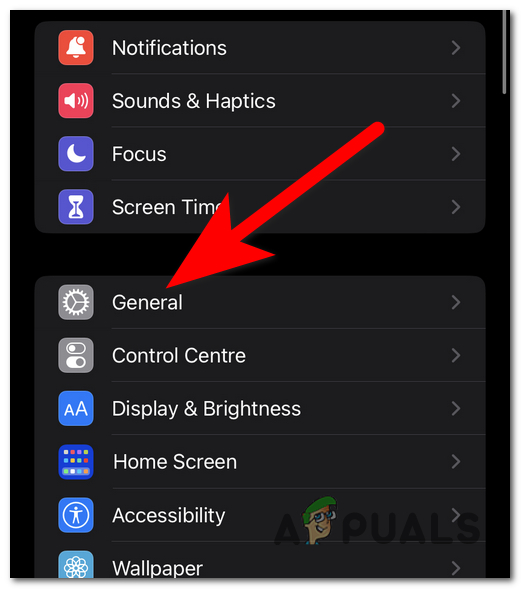
Opening General settings for update - Select Software Update.
- If your phone is already up-to-date, refresh the screen to check for new updates.
- Should an update be available, press Download and Install.
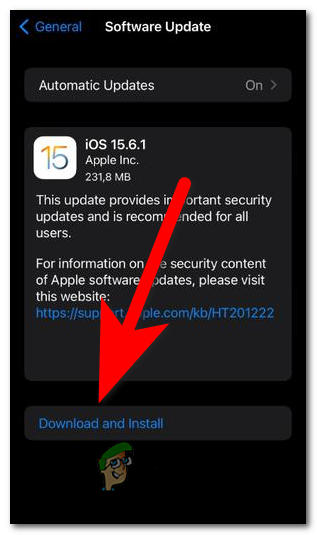
Initiating iOS update installation Note: Ensure your battery is at least 50% charged or plug in your device to proceed with the installation.
- Wait for the installation to complete, which could take about 10 to 15 minutes.
- Afterward, test to see if the photo sending issue persists.
4. Compress the photo or use alternative platforms
Another reason for sending failure could be the photo’s size, exceeding iMessage and MMS limits.
Note: Both iMessage and MMS have file size limitations; iMessage supports attachments up to approximately 100 MB, while MMS limits can be much lower and vary by carrier.
To circumvent size constraints, consider the following options:
- Manually compress the image using third-party apps that reduce file size with minimal quality loss.
- Utilize cloud storage services such as iCloud, Google Drive, or Dropbox to upload and share an image via a download link.
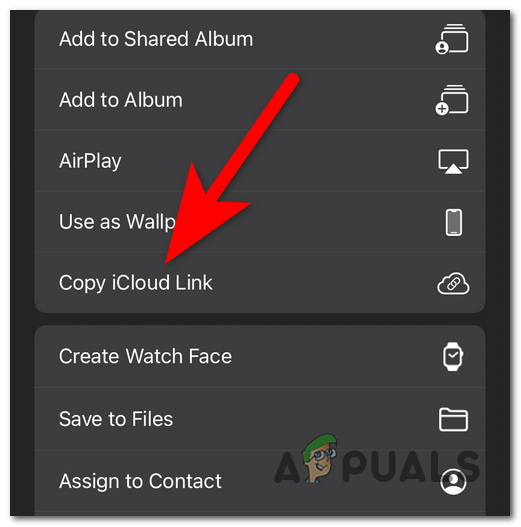
Sharing an iCloud link - Opt to send large files via email, which typically allows larger attachments than iMessage and MMS.
If the problem remains after compression, a different issue is the likely cause.
5. Contact your carrier
Lastly, if all else fails, reaching out to your carrier is advisable. Carriers can influence MMS settings and may impose restrictions affecting image sending capabilities.
For instance, some carriers disable MMS when you’re roaming or if you exceed your data plan.
Contact your carrier’s customer support for specific troubleshooting steps and resolution timelines. This can be done through a helpline, retail store visits, or online chat services, where available. Provide them with details of the issue for targeted assistance.





